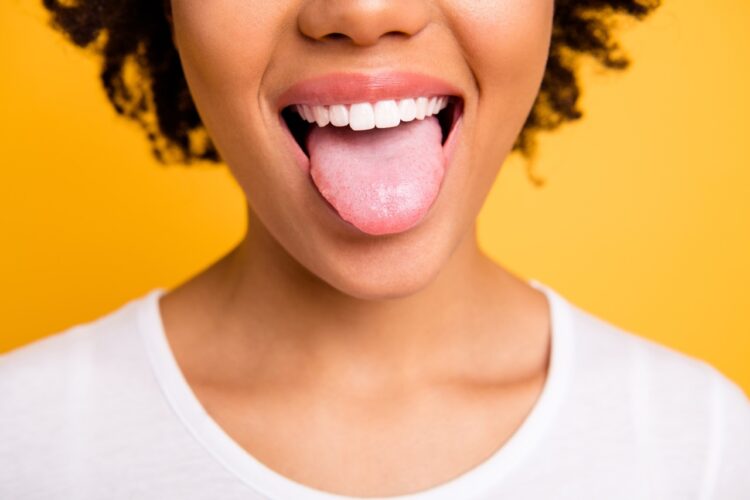All About Spacers
 Orthodontic spacers go by several different names: separators, tooth spacers, space maintainers, and just simple spacers. These all refer to essentially the same thing, which is an orthodontic tool that we put in your teeth that is made up of small rubber bands that go between your teeth to create spaces where your teeth are too squeezed together. They are generally used as a preparation tool before someone gets braces, as they eliminate potential pains and aches. After enough space has been created between your teeth, your dentist can remove the spacers, and put on braces.
Orthodontic spacers go by several different names: separators, tooth spacers, space maintainers, and just simple spacers. These all refer to essentially the same thing, which is an orthodontic tool that we put in your teeth that is made up of small rubber bands that go between your teeth to create spaces where your teeth are too squeezed together. They are generally used as a preparation tool before someone gets braces, as they eliminate potential pains and aches. After enough space has been created between your teeth, your dentist can remove the spacers, and put on braces.
Fixed Spacer Appliances
Orthodontic spacers can either be removable, or they can be fixed. Fixed spacers are meant to be in place for a substantial amount of time, and are generally used for younger children who lose teeth or have major problems as their adult teeth start to come in. There are several types of fixed spacer appliances:
- Transpalatal Arch: An appliance that is put onto the upper jaw that is held in place by a wire to create space on both sides of a patient’s dental arch.
- Distal Shoe: Used for babies, this is used to maintain spacing for the first molar, so that the next molar is appropriately spaced.
- Lingual Holding Arch: This device connects two molars that are on both the upper and lower part of the dental arch.
- Band-and-Loop: Creates a space for a permanent tooth to grow in, but without disruptions. The loop is made of stainless steel wire, in order to durably maintain distance, but without a tooth already holding it in place.
How to Care for Spacers
Most spacers usually only need to be worn for roughly a week before you get braces. As such, you don’t need to worry about long-term care for your spacers, but it’s still important to remember a few rules to ensure that the spacers work properly. First of all, don’t pick at the spacers, as you can move or damage them, which causes the spacing of your teeth to be skewed, or can even cause mouth aches and pains. Also, don’t eat food that is sticky or overly chewy, as it can get caught in your spacers and even dislodge them. Lastly, don’t floss by your spacers, as you could damage them.
Contact Us to Learn More
(801) 207-9080
If you have any questions about getting spacers for your children, or any other pediatric dentistry questions, then don’t hesitate to give our staff a call, today!




